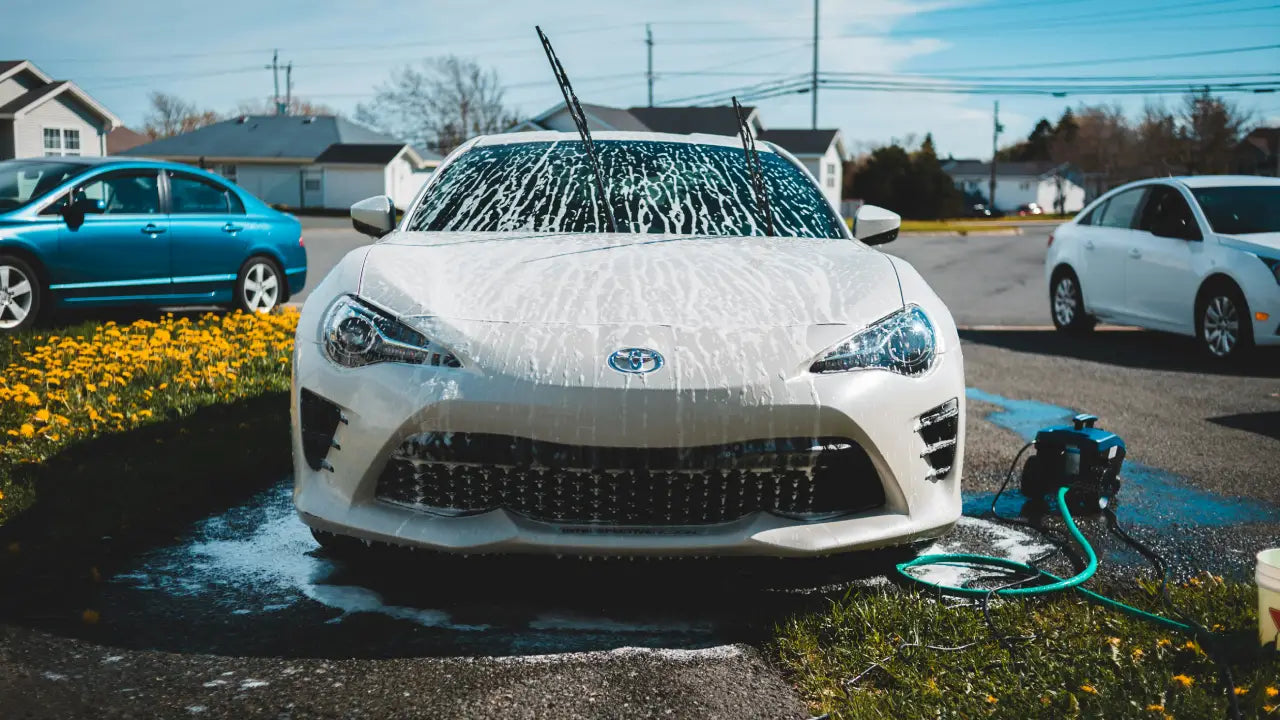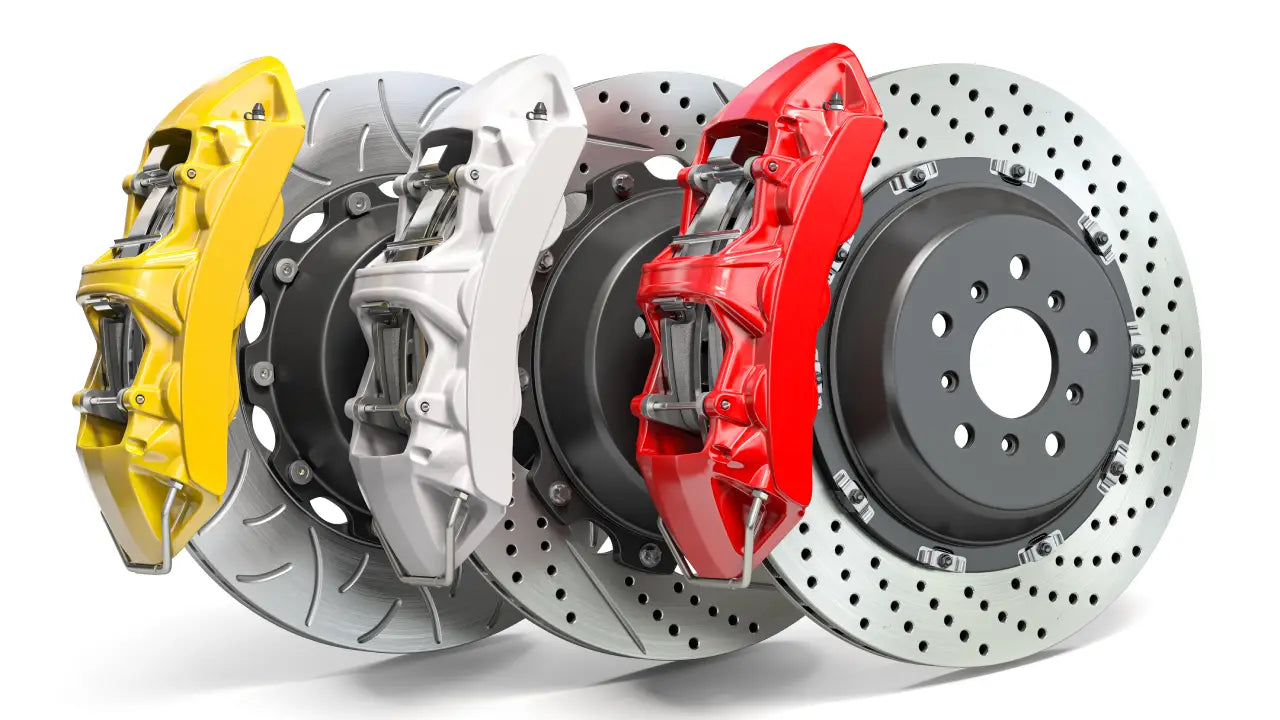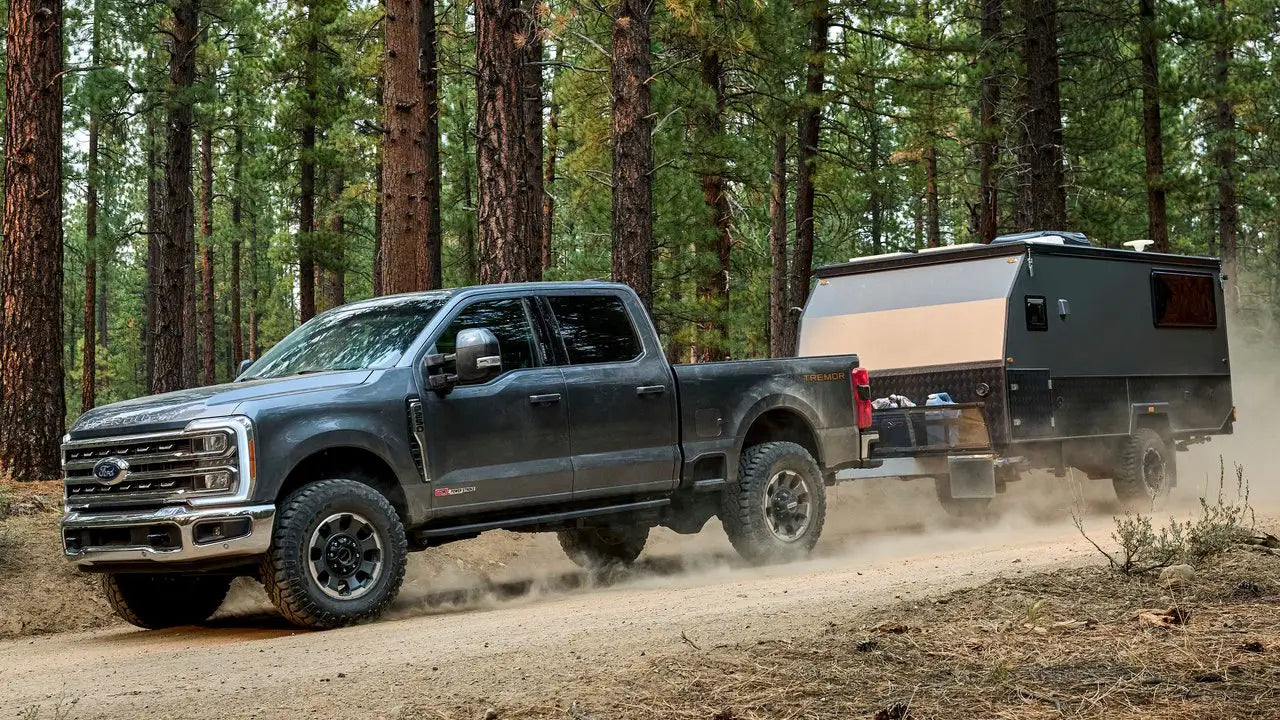Winter is behind us, and it’s time to make your car ready for spring. Cold weather, salt, and grime can leave your vehicle feeling sluggish, but with the right spring car maintenance, you can get it back to peak performance. From washing off that winter salt to ensuring your tires are in top shape, our essential tips will keep your ride running smoothly all season long.
However, spring car maintenance isn't just about washing off the grime; it’s about preparing your car for a fresh start. If you want to learn the best performance part that promises a fresh start to your car, keep reading until the end!
Thoroughly Wash Off Winter Grime
Winter’s elements can leave behind a lot more than just dirty surfaces. Road salt, grime, and moisture can wreak havoc on your car’s undercarriage, leading to rust and corrosion. The first step in spring car maintenance is a thorough wash. Make sure to clean the undercarriage, wheel wells, and suspension components to remove any salt and debris that may have accumulated.

For an added layer of protection, you can consider applying a fresh coat of wax or sealant. These will protect the paintwork from the upcoming elements and UV rays, ensuring your car looks sleek and shiny while staying protected from wear.
Check and Replace Your Tires
When it comes to spring car maintenance, tires deserve some extra attention because they're the only contact your car has with the road. After a long winter, it’s time to swap out winter tires (if you have them) for all-season or summer tires. Winter tires are designed for cold, icy roads, their tread can wear faster in warmer temperatures, and the compound will underperform above a certain temperature.

Check your tires for tread wear and sidewall damage. Low tire pressure is also common after winter months, so don’t forget to check it regularly. Proper tire pressure is essential for maintaining good fuel economy and ensuring the safety of your ride.
Brake Inspection and Replacement
Car brakes are the key precaution for road safety. After months of ice, snow, and slush, your brakes may suffer damage. Begin by checking your brake pads and discs for noticeable symptoms of wear and cracking. If you hear squeaking or grinding noises while braking, it's time to change the brake pads and check the rotors. It is also necessary to check your brake fluid. If it is low or dirty, flush the system and replace the fluid. Fresh brake fluid ensures that your braking system functions properly, giving dependable stopping power when you need it the most.

Engine Care: Replace Air Filters and Fluids
As you know, a car engine relies on several components to keep running smoothly, and regular maintenance can help avoid unnecessary breakdowns. Replace your engine air filter first. Dust, dirt, and debris can block the filter over the winter, restricting engine airflow and performance. A clean air filter guarantees that your engine gets the air it needs for better performance and fuel economy.

Next, check the oil and, if required, change it. A spring oil change can bring back engine performance and keep it functioning at its optimum, as cold weather can cause the oil to thicken and lose its efficiency. Remember to examine other essential fluids as well—brake fluid, transmission fluid, and coolant—to ensure everything is topped up and at the correct levels.
Inspect the Battery
Car batteries work hard over the winter to keep your vehicle operating, and spring is the time to check to see if they are still in good condition. Winter conditions can sap your battery's power, and if it's more than three years old, it may be time to replace it. Look for rust around the terminals or if your vehicle refuses to start. If you detect any problems, replace the battery before it dies completely and leaves you stranded.

Check Your Wiper Blades and Washer Fluid
Spring means more rain, so it’s essential to make sure your wiper blades are in top shape. It's time to get new wiper blades if they are flashing, skipping, or making noise. Depending on how often they are used and the weather, wiper blades usually need to be replaced every six months to a year. For good measure, fill up your windshield washer fluid at the same time. When you need it most, a full tank will keep your windshield clear, keeping you safe and able to see in the spring rain.

Inspect Your Suspension and Alignment
The rough winter roads can potentially seriously harm your vehicle's suspension system. Potholes, ice patches, and rough roads can all cause alignment issues, resulting in uneven tire wear and poor handling. To maintain a smooth and stable ride, inspect your suspension for worn shocks or struts. If you see uneven tire wear, it might be time for a wheel alignment.

Flush the Cooling System
Your cooling system puts a lot of effort into maintaining the proper temperature because overheating can seriously harm your engine. Flushing the coolant and replacing it with new fluid is a smart idea after a winter of chilly driving conditions. This will keep your car in great condition for the upcoming warmer months by keeping your engine cool and preventing corrosion inside the radiator and hoses.
Best Additional Tip: Upgrade Your Car with Pedal Commander®
While you’re tackling your spring car maintenance checklist for spring car maintenance, why not take things to the next level? Upgrading your car with Pedal Commander® is a fantastic way to enhance its performance. As the ultimate throttle response controller, Pedal Commander® allows you to customize your throttle response, providing quicker acceleration and a more responsive feel on the road.

Moreover, Pedal Commander® has an effortless installation and removal process that takes just 15 minutes. Without going to a mechanic, you can install or unplug it from your accelerator pedal. Pedal Commander® lets you enjoy the peak of acceleration and performance. If you want to learn more about it, click here!











